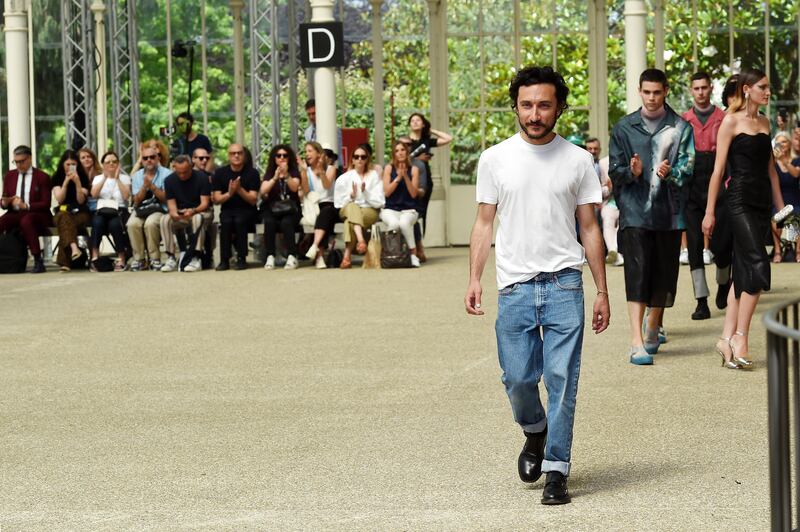Marco de Vincenzo has spent the past two years grappling with many of the same emotions as the rest of us, which he has channelled into a new “experimental” project that will be unveiled this month.
While reticent about giving anything away ahead of his runway show, the designer describes this latest initiative as new and more inclusive. “This is an experiment, so I am curious to see the reaction.”
Starved of the stimuli that travel would traditionally offer, de Vincenzo, who is also head designer for leather goods at Fendi, was forced to turn inward, using his work to process what was happening around him. “There is always something to discover when you live through something as unique as Covid, and the new project is the result of my loneliness and being in my own, intimate world.
“Fendi preferred to stop travel for their designers,” he explains during a recent trip to Dubai – his first in a while. “It has been two years since I travelled abroad. It was so strange, to have to find creativity inside.”
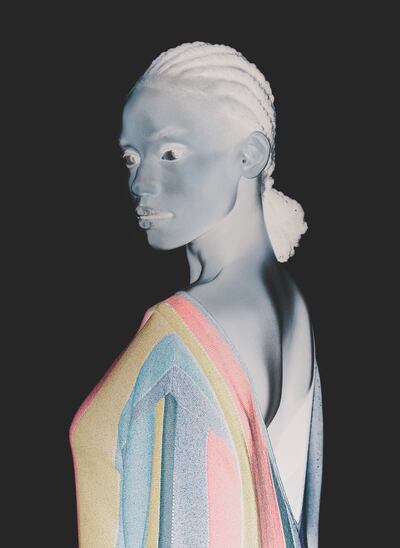
The Sicilian-born creative graduated from Milan’s European Institute of Design and in 2000, at the age of 21, joined Fendi, where he works alongside Silvia Venturini Fendi. In January 2009, he made his fashion debut at Paris Haute Couture Week and, that September, launched his eponymous women’s ready-to-wear line at Milan Fashion Week. In 2019, he expanded into menswear.
“I am very busy,” he acknowledges. “For 12 years now, I don’t know any other way. I think I would miss it if I stopped, as I am the kind of designer who finds energy working and creating. And I like what I do. Sometimes the pressure is too much, especially working for a big brand like Fendi, but I am happy. I am here to work, and fashion gives me many opportunities.”
Always open to new adventures, a recent project is a two-season collaboration with Italian plus-size fashion label Marina Rinaldi, which spurred a fundamental shift in his outlook. “This is my first collaboration, so it was very nice to connect with another story to understand what they are looking for,” he says.
As with most designers, de Vincenzo is used to creating clothes for an industry-standard UK size 8, so this shift in perspective has been life-changing, he says. “Marina Rinaldi are incredible, it’s their mission to make clothes for women that fashion doesn’t consider. They gave me another point of view that I was missing, to talk to everybody, not just to an ideal.
“Today, it’s obvious to talk about inclusivity, but I think the prejudice hasn’t died; it is still present. I never design with black, but I thought maybe colour is too much on a body that is not so slim. But no, it isn’t true. Everything works for everybody.”
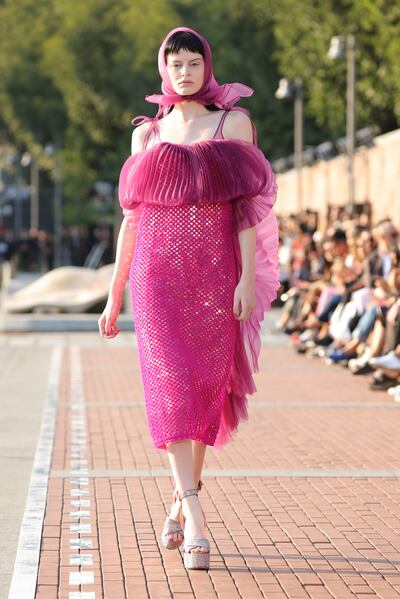
The designer is known for his use of bold colour and decadent fabrics – think shimmery dresses in pistachio or emerald, paired with sling backs with extravagant bows. There is an unabashed lavishness to his work, which he has skilfully reimagined for Marina Rinaldi.
For his new spring/summer 2022 capsule for the brand, a trench coat edged in cobalt blue and pink has been re-interpreted into a snappy checked jacket and skirt, while his enduring love affair with lurex appears now as a vertical striped dress in bronzed metallics, with the hem left as tendrils. There is even a fluid, crêpe cover-up in a dégradé sweep of colour. “This was very difficult because to print the fabric all over with this shade is not easy,” he admits. “We took a lot of time to work with the factories.”
Taking time to perfect a technique is typical of Marina Rinaldi, says Lynne Webber, the brand’s managing director. Cutting clothes to fit well is a highly technical process. When scaling a dress pattern up, those looking to cut corners simply make the pattern larger, but for Marina Rinaldi – and Webber – this is anathema. Instead, she insists, the pattern is re-cut for each and every dress size, as well as road-tested on models to make sure it fits, long before it goes into production. “If we do trousers, they are worn to make sure they are comfortable, and move with the body shape,” Webber explains.
This is possible because of knowledge gleaned over decades and a huge technical team that ensures every waistband, armhole, zip and pocket sits exactly where it should. It is this specialised knowledge that sets the company apart, Webber explains. “Proportion, length, pleats in the back – it’s a much more 3D process, not just a front and back. That is knowledge built up over 40 years.”
But just as crucial as it was to have the technical team involved, Webber says it was equally critical that de Vincenzo’s vision wasn’t compromised. “It is very important that the signature style of a designer is respected, because that’s an important message. We have customers come in and say: ‘Oh, I have always loved this designer, and finally I can wear it too.’ It’s extremely positive.”
For de Vincenzo, the experience has been unexpectedly rewarding. “It was a chance to think about my personal story,” he says. “My mother is now a client, but I remember as a child, shopping with her and her becoming sad because it was very difficult for her to find something beautiful but also comfortable. It was very important to me to realise that fashion today really is a universal language.
“I learnt a lot with them, and if you are a creative person, the moment you stop learning, something is wrong. When Marina Rinaldi called me, I immediately said yes because I was looking for this, even if I didn’t know it at the time.
“This is the first time since I began that I have looked at the bigger picture. I think Covid, my free time during lockdown and my Marina Rinaldi experience, have made designing very different in my mind.”
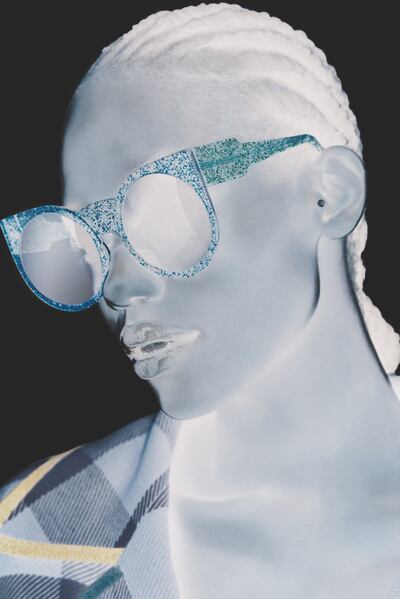
This acceptance of all body shapes and types across the fashion industry is crucial, de Vincenzo says, especially as more Gen Z-ers come of age. “I think this is the only way fashion can survive, to understand that something is changing. Those rules and codes that fashion has used for a very long time? The new generation doesn’t understand them, and they don’t care.
“I think the most successful projects of the past 10 years are the most authentic. I personally know Alessandro Michele [creative director of Gucci], as he worked with me at Fendi for two years, and it is true that everything he does comes from him; that’s why it’s such a success. The soul of the project is pure, because it is authentic. And I think fashion has the opportunity to find a new authenticity.”
For de Vincenzo, that legitimacy lies in the craftsmanship behind every piece. “A dress is just the final step, so if there is something we can do today, it is to tell the story behind the pieces. I am a factory man, and I love going to factories and meeting the people working there. It is a very magical experience for me. I think this language is unknown and it’s a pity, because it is beautiful.”
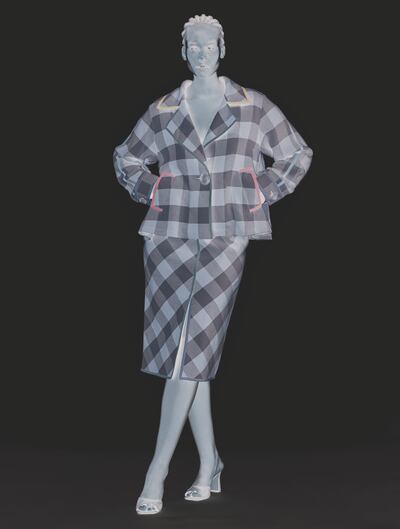
Italian know-how is still the envy of the world and the country is littered with tiny family-run factories that specialise in very specific techniques, whether working with lace, wool or woven fabrics. “Every collection, for me, starts there. I used to spend 10 days visiting these factories, and the collection would be a result of that. I never start designing from just looking at a book; for me it has to start with this experience with fabrics, because they are incredible.”
At Fendi, too, this heritage is cherished. De Vincenzo was part of the team behind the brand’s Hand in Hand exhibition in Rome, which consisted of 20 exquisite handmade Baguette handbags, each reflecting the artisanal expertise of Italy. First shown in 2020, last year there was a second iteration to showcase the famous bag Silvia Venturini Fendi designed in 1997, re-made using regional knowledge and techniques from across the country.
“To make them, we travelled to discover tiny, little factories. I visited 10 of them and met incredible people, all working the same way as their parents. And I am sure this is the perfect story to tell to younger generations. It’s fascinating.”
